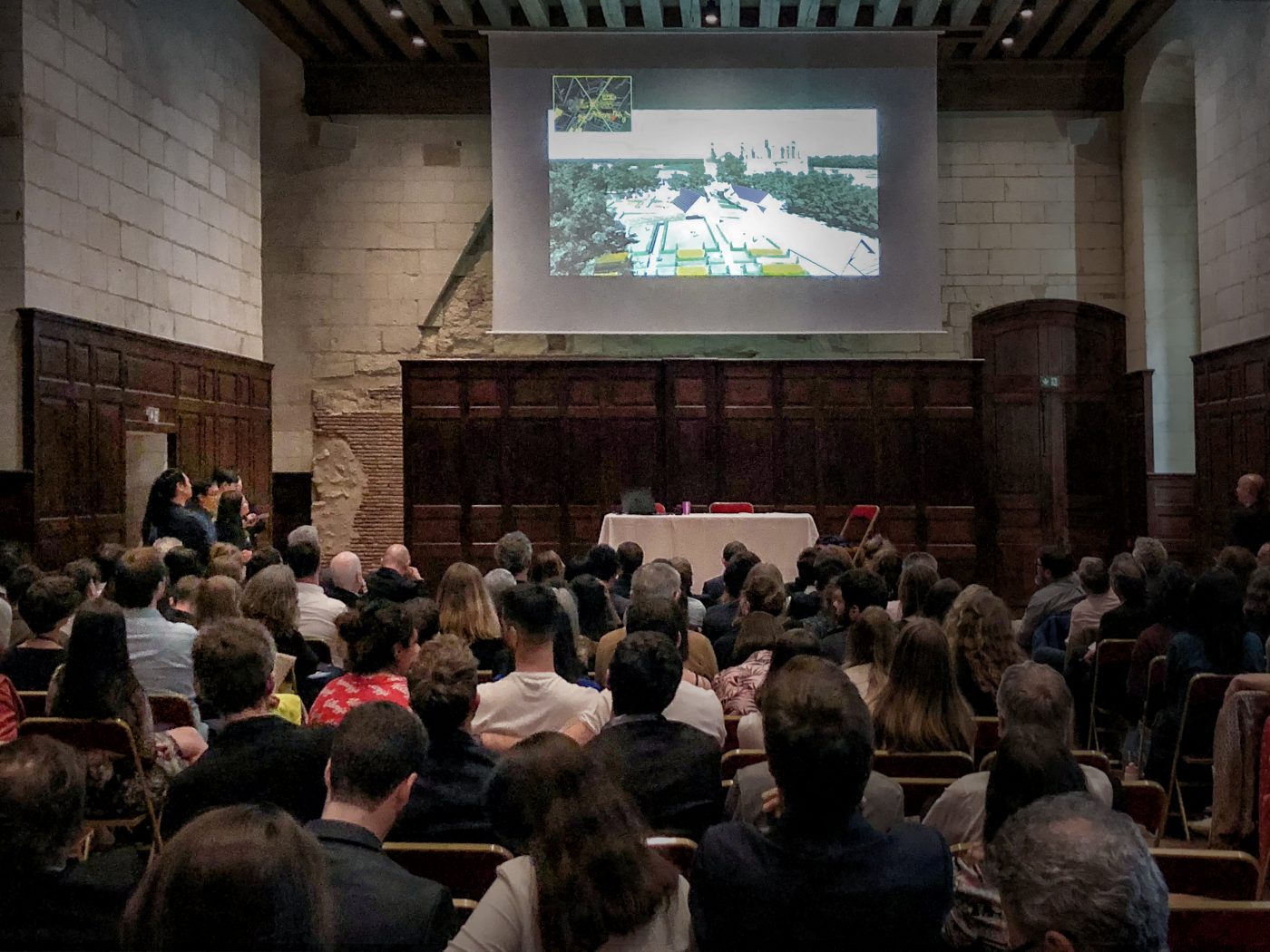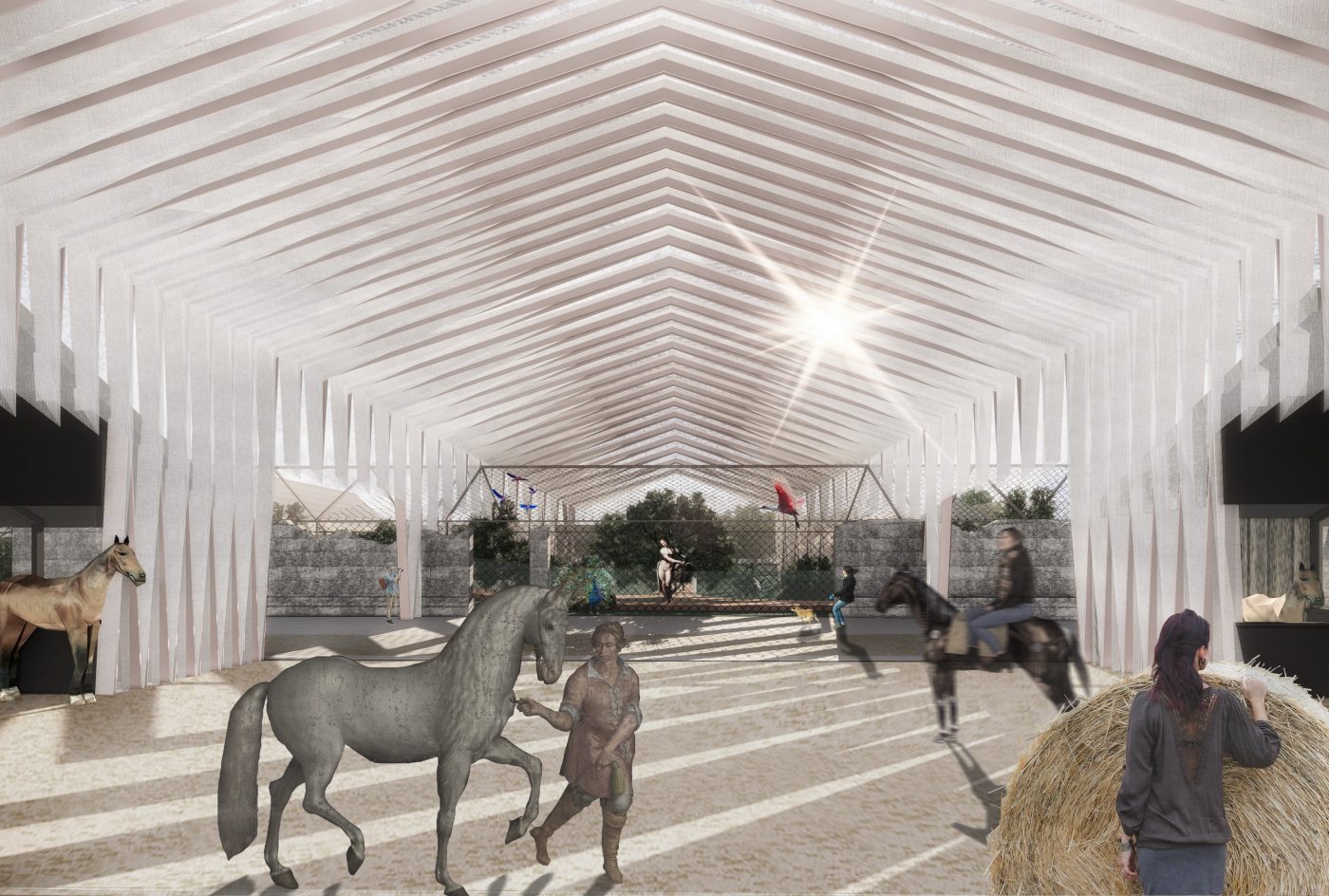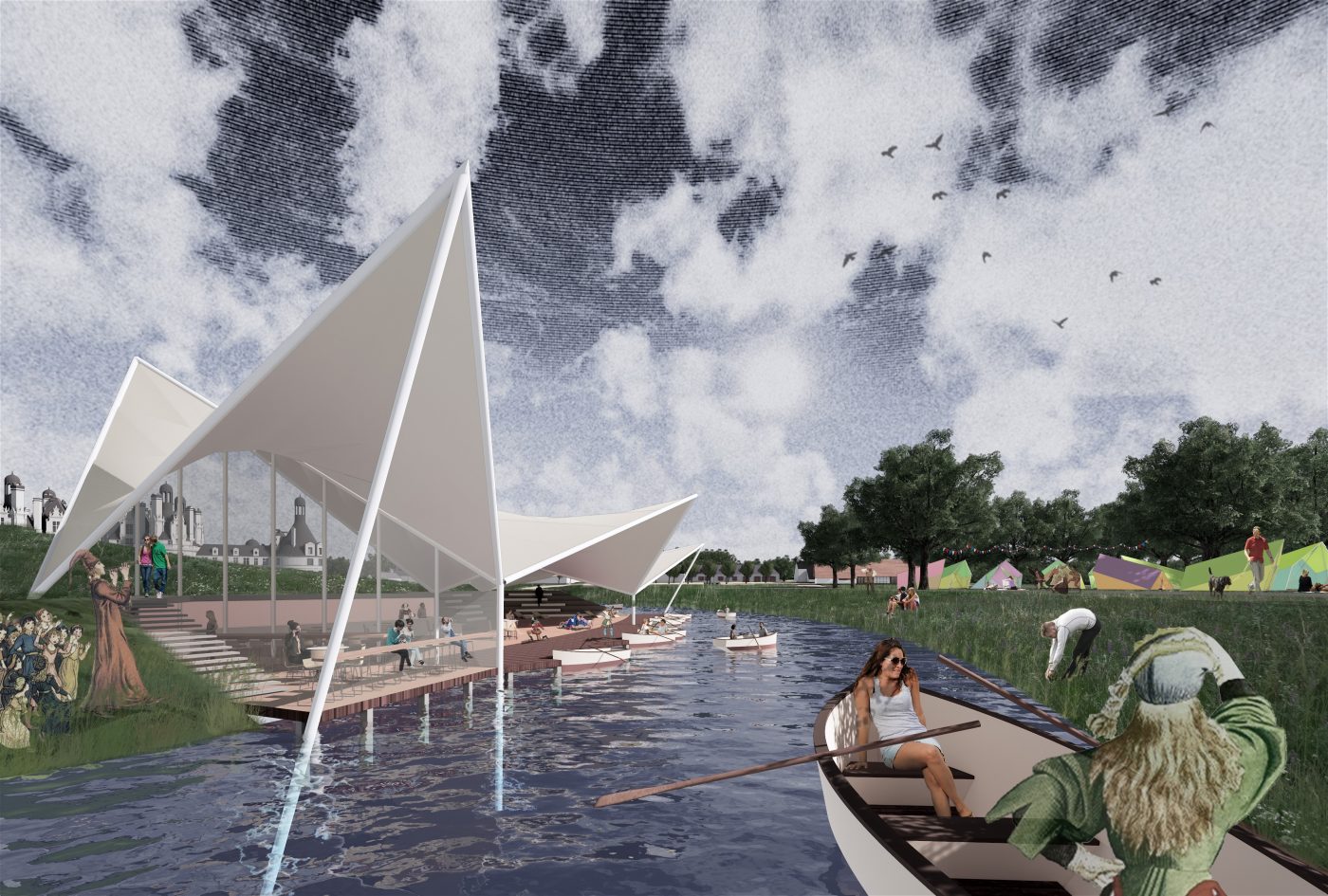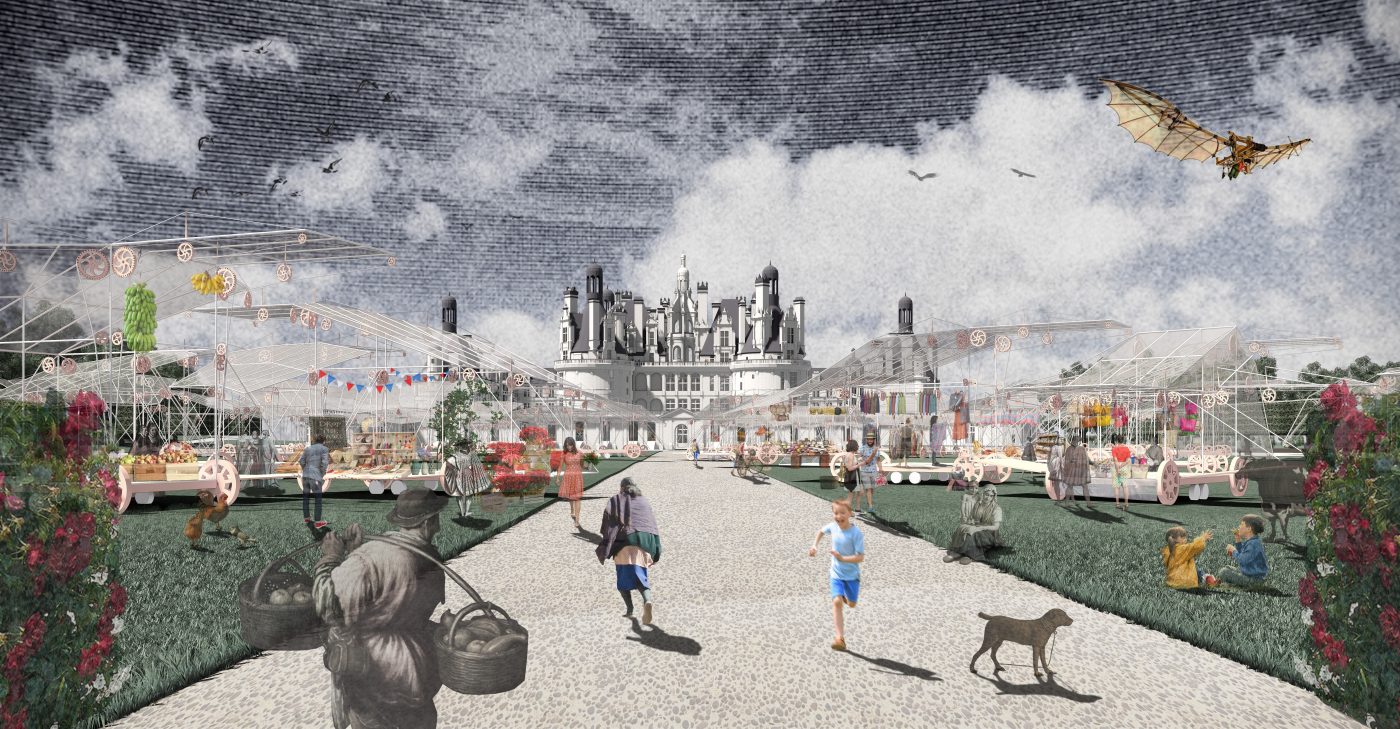유토피안 팔림세스트
Utopian Palimpsest

There are powerful parallels between the Château de Chambord and Sir Thomas More¡¯s Utopia: both are unfinished allegorical works spanning past and future. What explicitly defines utopia is its radical relationship to its surrounds. More¡¯s Utopia was famously (and incorrectly) depicted in Ambrosius Holbein¡¯s 1518 woodcut as an island, when in fact it appeared in More¡¯s original text as a peninsula connected to the European mainland. Utopia¡¯s tethered condition, in dialogue with its socio-political context, conceptually binds it to the unfinished project of Chambord. Even as the château itself was conceived of as a strong figure, each shift in royal ownership marked a new conception of its exterior, and thus a new shift in defining what is utopia. Spanning from the 16thc. to current times, Chambord¡¯s grounds have constantly evolved and devolved, from a naturalistic to highly controlled, from productive to decorative, from closed to open.

Like reconstructing More¡¯s peninsula in reverse, our proposal for Chambord¡¯s future is a simultaneous overlay of the past and present. Extending the diverse programming that marked the important shift of the château from private to public control, we imagine the extension and intensification of year-round activities, tightly integrated into the site and building. Reinterpreting and occupying the historical lines of the previous eras, the future of the site gains its flexible multi-use through the daily practice of the palimpsest. Finally, the historical confusion of what is the formal ¡®front¡¯ of the château is re-read as a positive ambiguity: Four programmatic fronts emanate from the château¡¯s geometry, forming quadrants based on Trade, Production, Performance, and Nature. These regions work as a whole to posit utopia as a contingent and constantly evolving concept


